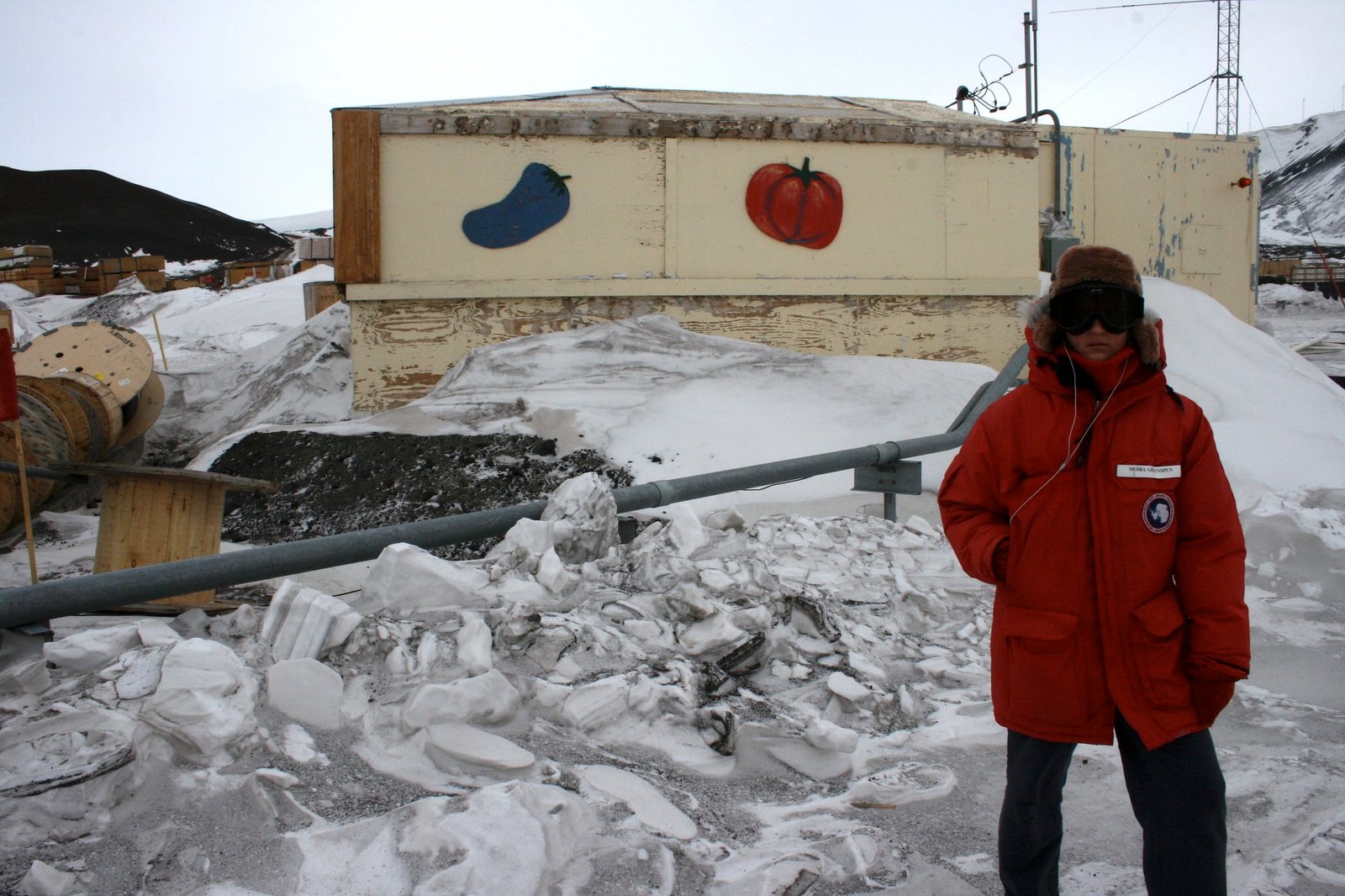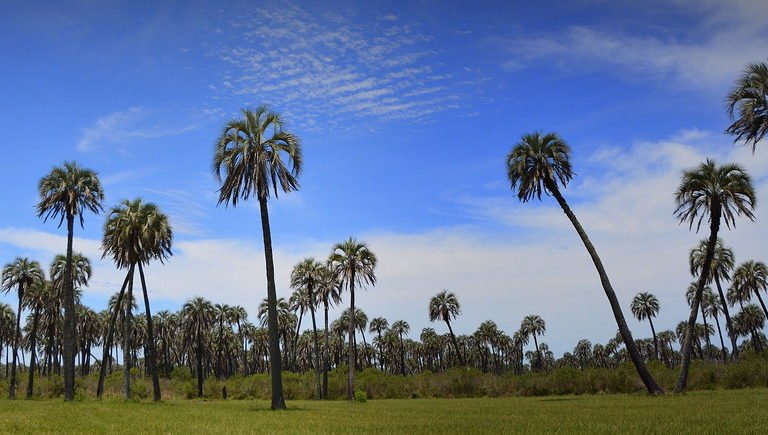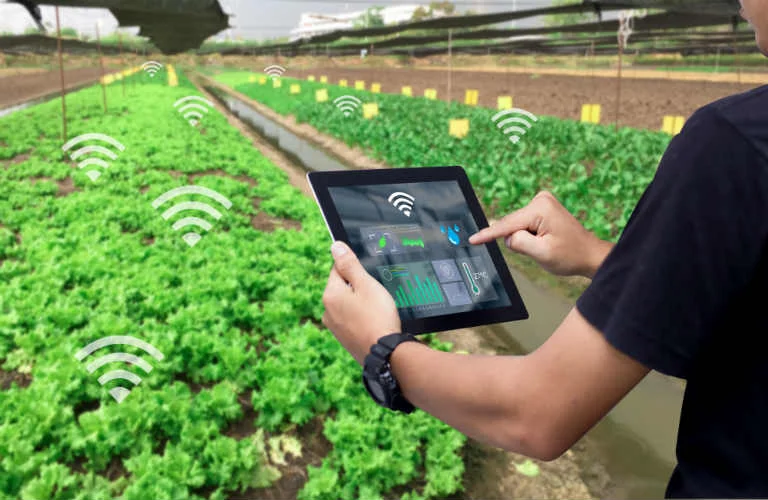- Targeted by the expansion of agriculture and urbanization, the last butiá palm landscapes continue to cling to life in Brazil’s southern state of Rio Grande do Sul.
- Of the 21 known butiá species in South America, 19 occur in Brazil — all of them under threat.
- An experimental project proposes a rotating cattle management method in butiá areas as a way to protect the shoots of the young palms from being eaten.
- Other efforts to protect the trees include creating a tourism circuit linking butiá groves in Brazil, Argentina and Uruguay, and publishing a book of butiá fruit recipes.
The butiá landscapes of Brazil’s Rio Grande do Sul state are exotic, even by the standards of tropical forests. The palm trees that make up these forests, from the genus Butia, are 200 years old on average. But agriculture and unrestrained urbanization are the main threats to what remains of these southern palm groves, which are home to up to 50 species of wild animals and plants, many of them endangered.
“There is a huge range of wildlife associated with butiá, from reptiles and mammals to rodents and birds,” said Lídio Coradin, national director of the Plants for the Future project, which has promoted the use and conservation of native Brazilian flora over the past two decades. “That’s why we can’t ignore the value of that landscape or look only at butiá itself, which is also cultivated in streets and houses in several municipalities.”
There are 21 known species of butiá palm found in Brazil, Argentina, Uruguay and Paraguay. Nineteen of them occur in Brazil, mostly in the Cerrado and Pampa biomes, and all face threats to their survival. Until the 1960s, their fiber was used to make mattresses and other products. But when these fibers were replaced by synthetic materials, the groves lost their economic importance, and many were cleared for livestock pasture, cropland, and housing projects.
The largest remnants of butiá groves in Brazil are found in Rio Grande do Sul, the country’s southernmost state. Along the coast here, few municipalities still have butiá groves, amounting to just a few hundred hectares — a shadow of what they used to be.
“Mapping the remaining palm groves in the state is essential for their conservation, with protected areas or better agricultural management,” said Adalberto Eberhard, former head of ICMBio, the Ministry of Environment’s conservation institute, and former director of the Pantanal wetlands program at the nonprofit Ecotrópica Foundation.
For his work on butiá palms, Eberhard has traveled 11,000 kilometers, nearly 7,000 miles, to assess their conservation along the coast of Brazil’s southern region.
“It is vitally important that butiá groves, like the one in Tapes municipality, are effectively protected,” he said. “Other remnants are deeply compromised, such as the one in Santa Vitória do Palmar municipality, where there used to be large groves.”
In farming regions, the palm groves’ survival is threatened by pesticides carried by wind and water, as well as by deforestation and by livestock that eat the shoots.
“Cattle in excess eat everything, but they can be managed so that they become allies in maintaining and recovering the butiá groves,” said Rosa Lía Barbieri from the temperate climate division at Embrapa, the research unit of Brazil’s Ministry of Agriculture, Livestock and Food Supply.
One method promoted by Embrapa is to alternate livestock grazing at different points in the groves over time, moving the cattle to areas where pasture supply is higher, thus protecting young butiá palms from being eaten. “The results were surprising, with many shoots appearing under the old trees,” Barbieri said. “Without this management, faster-growing trees would cover the palms, which prefer open spaces.”
One of the experimental plots for this method was a mixed soybean and cattle farm with 750 hectares (1,850 acres) of butiá palms in the municipality of Tapes, near the Patos Estuary. Carmen Heller, a sociologist, says the farm has been in her family for almost a century.
“In six years of management, the cattle did not lose weight, and thousands of butiás were born,” she said of the new method. “We are determined to keep the groves and still have productive gains on the farm.”
The area is also part of the so-called Butiá Grove Route, created in 2015. It now includes more than 50 municipalities in southern Brazil, Argentina and Uruguay. In Rio Grandeo do Sul, the initiative is supported by legislation passed in 2019. Beyond tourist itineraries and festivals, the project connects people, producers, companies and governments to preserve the palm groves.

“Butiá is a typical and very rich element of our biodiversity that has been neglected,” Embrapa’s Barbieri said. “The route helps to recover and innovate in [the form of] recipes and handicrafts, encouraging conservation of the species on a permanent basis, in areas of the three countries.”
Archaeological evidence shows that Indigenous people were consuming butiá fruit and using the palm fibers as far back as 8,000 years ago, helping to spread the palm groves. Rich in vitamins and antioxidants, the little yellow fruit is today used in sweets, cakes, liqueurs and flavored cachaça, Brazil’s signature liqueur, made from sugarcane. Butiá trees up to 200 years old can still be found producing fruit, and Embrapa has published a book of 140 butiá recipes.
“It is necessary to expand the knowledge and use of native species so they can be conserved. We can’t be satisfied with just what is offered by conventional markets. Exotic monocultures receive the vast majority of investments in research and production but cause the removal of lots of primary vegetation,” said Coradin from Plants for the Future.
While butiá groves have rich historical, cultural and gastronomic importance, they’re not formally protected in Brazil. Argentina has two national parks dedicated to these palms, while in Uruguay the groves are located on private lands. These areas are sources of revenue and jobs, welcoming thousands of tourists annually.

“Public management of protected areas in Brazil is deficient,” Barbieri said. “Experiences with cattle management show that we don’t need to expropriate farms to create protected areas with butia groves.”
In an emailed response, the Rio Grande do Sul State Secretariat of the Environment said the decision not to formally protect butiá groves was taken together with the State Public Prosecution Service. They “decided not to create conservation units with butiá groves in the midst of the cattle management system, since studies conducted by research institutions see [existing] management as beneficial in these areas.”
Regardless of whether the palm groves receive government protection, efforts to save the butiá trees resonate with many residents of the state.
“I see what happened with butiá and other species with great sadness,” said Heller, the sociologist and rancher. “Our food could be well supplied with native plants. The work done today for butiá groves will have positive results in the long term.”
Banner image of a butiá grove in the province of Entre Ríos, Argentina. Image by Eduardo Amorim via Flickr (CC BY-NC-SA 2.0).
This story was reported by Mongabay’s Brazil team and first published here on our Brazil site on May 9, 2022.












